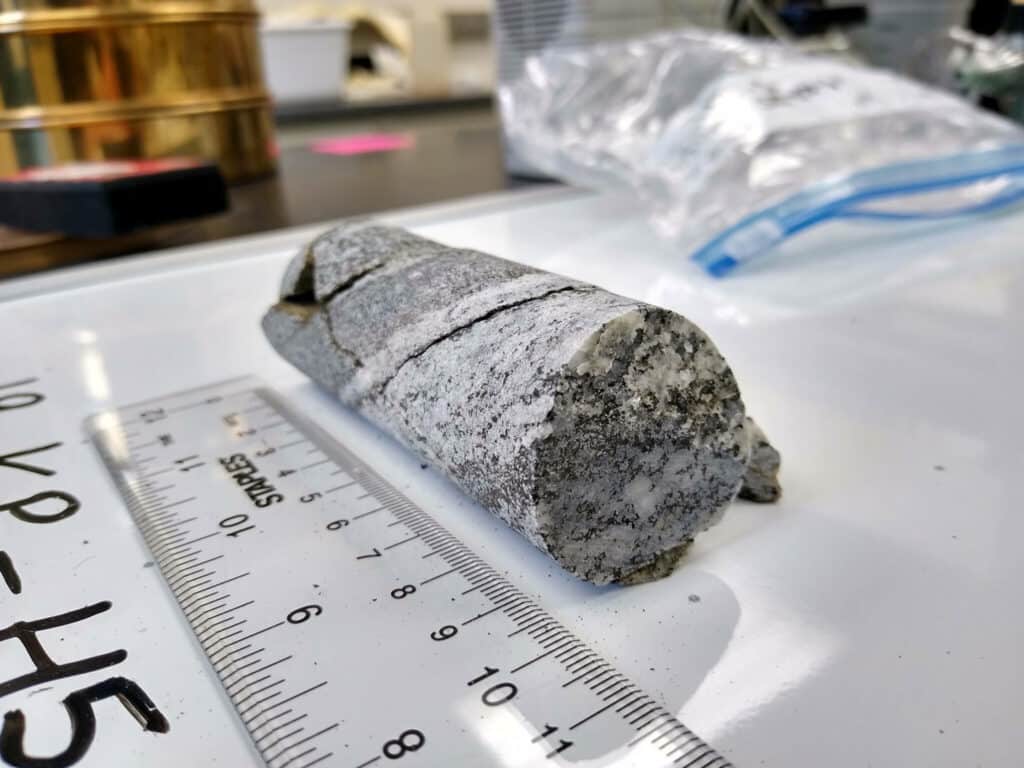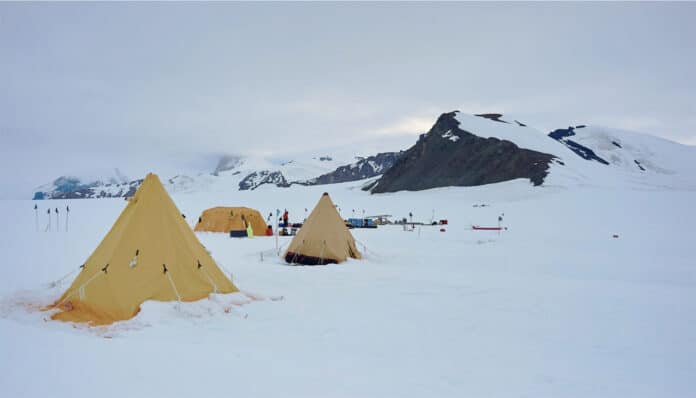Millions of people living in low-lying coastal areas worldwide are already at risk of floods due to sea level rise. The biggest source of uncertainty in estimates of how much and how quickly the sea level will rise in the ensuing decades and centuries is the contribution of melting Antarctic ice. Thwaites Glacier and its close neighbor dominate the Antarctic contribution to sea level rise.
To understand how this critical glacier will respond to the climate changes expected in the coming century, scientists need to know how it behaves under a wide range of climatic conditions and over long timescales. Since satellite observations only go back a few decades, we must look at the geological record to find this information.
A team of scientists from the International Thwaites Glacier Collaboration (ITGC), including two researchers from the British Antarctic Survey (BAS), discovered that the ice sheet near Thwaites Glacier was thinner than today in the last few thousand years.
The researchers extracted rock samples from deep beneath the ice sheet next to Thwaites Glacier using drills specifically made to cut ice and the underlying rock. Then they analyzed certain atoms produced when rocks are exposed to radiation from space at the Earth’s surface in those rock samples. These specific atoms are no longer created if ice covers those rocks. The times when the ice sheet was smaller than now can therefore be inferred from their presence.

Keir Nichols, a glacial geologist from Imperial College London and a lead author of the study, says:
“This was a huge team effort: several of us spent weeks away from home doing fieldwork in an extremely remote part of Antarctica, while others endured thousands of hours literally in the lab analyzing the rocks we collected. The atoms we measured exist only in tiny amounts in these rocks, so we were pushing right to the limit of what is currently possible, and there was no guarantee it would work. We are excited that this is the first study to reveal the recent history of an ice sheet using bedrock collected from directly beneath it.”
The group found that the rocks they had collected were sometimes ice-covered. Their studies revealed that the ice near Thwaites Glacier was at least 35 meters thinner than it was today 5000 years ago. Furthermore, their models showed that it took at least 3000 years for the ice sheet to grow from that time to its current size.
This finding shows that the Thwaites Glacier region’s ice sheet loss is reversible. Understanding the circumstances needed to make it possible is now difficult for scientists.
Joanne Johnson, a geologist at BAS and co-author of the study, says: “On the face of it, these results seem like good news – Thwaites Glacier was able to regrow from a smaller configuration in the geologically-recent past. However, our study shows that this recovery took more than 3000 years in a climate likely not as warm as we expect for the coming centuries. If we want to avoid the impacts of sea level rise on our world resulting from the continued retreat of the West Antarctic Ice Sheet, that timescale is far longer than we can afford to wait.”
Journal Reference:
- G. Balco, N. Brown, K. Nichols, R. A. Venturelli, J. Adams, S. Braddock, S. Campbell, B. Goehring, J. S. Johnson, D. H. Rood, K. Wilcken, B. Hall, and J. Woodward. Reversible Ice Sheet thinning in the Amundsen Sea Embayment during the late Holocene (2023). The Cryosphere. DOI: 10.5194/tc-17-1787-2023
